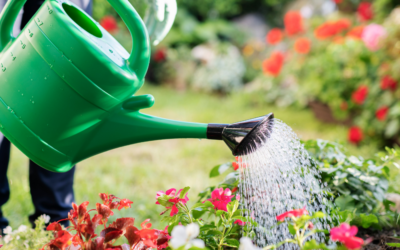Fertilising your lawn during the winter months might not seem intuitive, as grass growth slows down and goes into a dormant state. However, providing your lawn with the right nutrients during this period can contribute to its overall health and prepare it for a strong comeback in the Spring.
Fertilising your lawn in winter offers several advantages:
Enhanced Root Development: Winter fertilisation promotes healthy root growth, ensuring your grass is better equipped to absorb nutrients and water when the growing season returns.
Improved Colour: Winter fertilisers like Lawn Play Enhance contains essential nutrients such as iron, which help enhance the lawn’s ability to produce chlorophyll, the green pigment in plants.
Early Spring Green-Up: A well-fertilised lawn in Winter can have the nutrients stored, ready for action, delivering quicker green-up and growth once Spring arrives, giving you a head start on achieving a lush, vibrant lawn.
Choose the Right Fertiliser
As lawns are growing slower it’s important not to over fertilise your lawn. The best way to do this is to “spoon feed” the nutrients to your lawn using liquid foliar applications. These fertilisers are absorbed directly through the leaves of the plant so there’s no loss.
Timing the Application
Apply the liquid during the day when it can dry and been properly absorbed through the leaf. Avoid fertilising once a frost is received, as this usually sends the plant into full dormancy and the nutrients will not be required. Once soil temperatures rise above 10 degrees again it’s good to start feeding for Spring.




